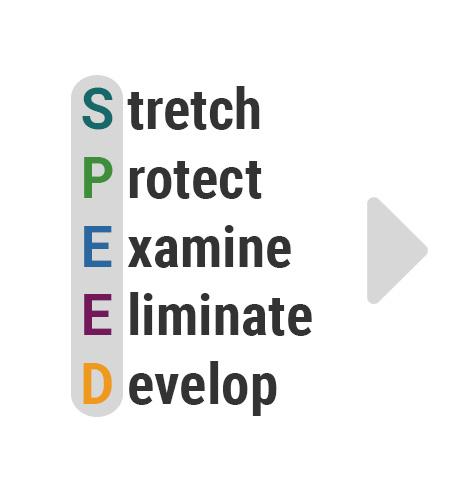How Companies Can Capitalize in a Challenging Economy.
SPEED* is a methodology defined by the National Association of Wholesaler-Distributors (NAW). Leveraging the insights gained from a Customer Stratification analysis, SPEED can help your wholesale/distribution business grow sales more profitably and sustainably in 2013, as follows:
- Stretch – increase existing business with your best, most profitable ‘Core’ customers.
Start by modeling what your Core customers tend to buy from you. Then, compare all of your customers against the model. Do you have customers who do not buy things from you that other, similar customers do?
Share the analysis with your salespeople. Discuss how to approach your customers with compelling value propositions. ‘Stretch’ these accounts by selling more of what your customers need.
- Protect – Core customers should be protected by providing the highest possible level of service.
Find out what you can do to keep Core customers close to you – without sacrificing price. Loyalty programs, preferred access to support resources, and priority shipping are a few ideas to consider. ‘Protect’ your customers by making it difficult for competitors to break apart your strong customer relationships.
- Examine – re-evaluate business relationships with unprofitable ‘Service Drain’ and ‘Marginal’ customers.
Take a look at those customers whose Cost to Serve (CTS) outweighs their profits. Why are you losing money? Price haggling, demands for uncompensated services, high returns rates, and other issues may be at fault.
Talk about what to do. Ideally, your salespeople can approach problem accounts with constructive, win-win solutions. Directing customers to less costly sales channels (online), charging service fees, requiring order minimums, and other behavior-changing policies can help ‘Examine’ relationships to your mutual benefit.
- Eliminate – set prices higher and cut expenditures on those ‘Service Drain’ customers whose costs far exceed their benefits to you.
Think about how you can ‘Eliminate’ money-losing processes and services. Can you spend less valuable sales time by redirecting these accounts to the web? Can you charge a reasonable fee for your value-added services, eliminate special pricing, or implement a minimum Gross Margin rate for these specific customers?
The point is to selectively apply these policies in a way that restores profitability with problem customers. You can’t stay in business if you lose money.
- Develop – spend more time with promising, ‘Opportunistic’ customers to develop profitable new sales.
Opportunistic customers are those who buy from you only on occasion; for example, when their primary suppliers are out of stock. Your salespeople should get to know more about them. Learn how you can win more business, more consistently.
A best practice is to ‘Develop’ the opportunity through target marketing programs. Think about cleansers and scouring pads: do any customers buy the one, but not the other? In this case, a marketing campaign that highlights your total cleaning solutions expertise might help your company earn a greater share of the customer’s wallet.
Put SPEED Into Practice
E&A has put SPEED into practice. The E&A Customer Stratification solution, ProSales, is built around NAW best practices as defined in the book, ‘Customer Stratification: Best Practices for Boosting Profitability’. The SPEED methodology is an integral component of ProSales.
ProSales empowers companies to select the SPEED strategies that are most appropriate for them. Decision makers have access to an intuitive, graphically-rich dashboard that aligns the Customer Stratification analysis with SPEED type. ProSales makes it easy for companies to implement strategies that can significantly grow their sales and profits.















